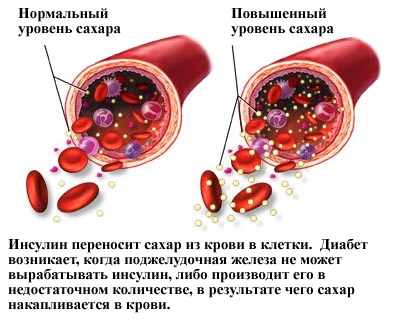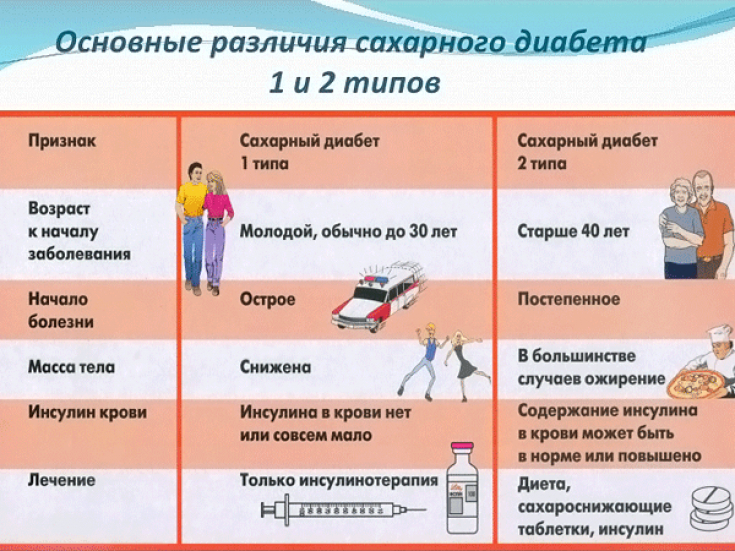This article addresses the issue of preventing the development of clinical type 1 diabetes. This issue was addressed in a study led by a professor in the Department of Immunobiology and Internal Medicine, Yale University, New Haven, USA, by the use of monoclonal antibodies in patients with immunologically confirmed initial stage of type 1 diabetes mellitus or at the stage of dysglycemia.
Read about the results of the study at estet-portal.com.
- Object and methods of research of immunotherapy in type 1 diabetes
- Immunotherapy regimen in a clinical trial
- Study results of immunotherapy in diabetes mellitus type 1
Object and methods of immunotherapy study in type 1 diabetes
Children without clinical type 1 diabetes who had close relatives with this disease took part in the study. Children were at least 8 years old at the time of randomization. This group had a high risk of developing type 1 diabetes.
Follow us on Instagram!
Clinically it happened twice confirmed by detection of diabetes-induced antibodies within 6 months prior to randomization. In addition, participants must have a history of dysglycemia, confirmed by an oral glucose tolerance test, where fasting glucose levels ranged from 110-125 mg/dL (6.1-6.9 mmol/L), two-hour postprandial plasma glucose blood - more than 140 mg / dl (7.8 mmol / l) and <
Immunotherapy regimen in a clinical trial
Survey participants were randomly recruited in a 1:1 ratio to either teplizumab or placebo. The assignments for the treatment group were dual. Participants received a 14-day outpatient course of immunotherapy with teplizumab or intravenous saline. Teplizumab was administered at a dose of 51 µg/m2 on day 0, 103 µg/m2 on day 1, 207 µg/m2 on day 2, and 413 µg/m2 on day 3 of the study. Subsequently, a dose of 826 µg/m2 was applied from days 4 to 13.
was the time from randomization to the clinical diagnosis of type 1 diabetes mellitus, as defined by the American Diabetes Association criteria. Routine oral glucose tolerance tests were performed 3 and 6 months after treatment and every 6 months for 3 years of follow-up.

Random glucose screening done every three months and oral glucose tolerance test if random glucose level was> ; 200 mg/dl (> 11.1 mmol/l) in association with clinical signs of type 1 diabetes mellitus. A total of 76 patients who underwent randomization were involved in the survey, 44 were in the group receiving immunotherapy ? teplizumab and 32 at high risk of developing type 1 diabetes in the placebo group. ketoacidosis
Results of a study on the efficacy of immunotherapy in type 1 diabetes
In an analysis of the results obtained, a single course of teplizumab compared with placebo delayed the onset of clinical stage type 1 diabetes in 19 (43%) and 23 (72%) participants, respectively. The annual diagnosis rate for type 1 diabetes was 14.9% in the teplizumab group and 35.9% in the placebo group. The median time from randomization to disease development was 48.4 months in the teplizumab group and 24.4 months in the placebo group. The highest effect of immunotherapy was found in year 1: type 1 diabetes was diagnosed in only 3 (7%) of 44 participants in the teplizumab group, in contrast to 14 (44%) of 32 participants in the placebo group.
The results of the study indicate the high efficiency of a single course of immunotherapy ? teplizumab to slow the progression of prodromal type 1 diabetes mellitus to its clinical development in high-risk individuals without evidence of disease who had at least two autoantibodies and abnormal glucose tolerance test results.
The effect of teplizumab
Watch us on YouTube:







Add a comment